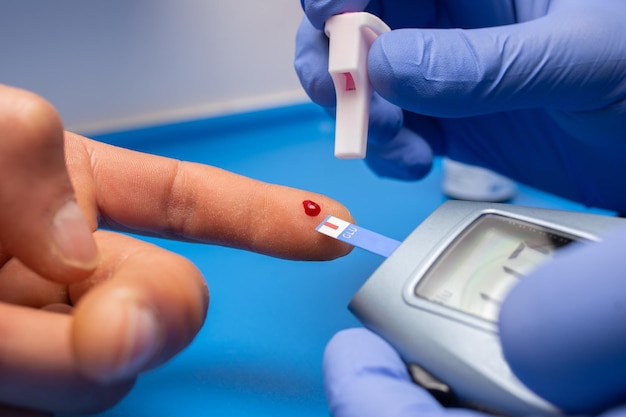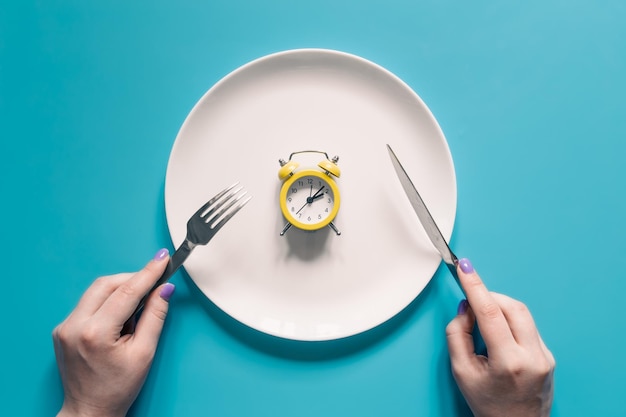Struggling with energy crashes, cravings, or mood swings? The root cause might be unstable blood sugar. More than just a concern for people with diabetes, balanced blood glucose levels are essential for sustained energy, mental clarity, weight management, and long-term metabolic health.
Enter the 45-Day Blood Sugar Reset—a practical, expert-informed plan designed to stabilize your glucose levels using short daily routines, simple dietary tweaks, and sustainable lifestyle habits. Backed by nutrition science and real-world results, this guide helps you build resilience against spikes and crashes—without drastic diets or complicated regimens.
Research suggests it takes an average of 66 days to form a new habit, but meaningful physiological changes can begin in as little as 6–8 weeks. The 45-day timeframe strikes a balance—long enough to reset metabolic patterns, yet short enough to stay motivated. During this period, consistent habits can improve insulin sensitivity, reduce inflammation, and help regulate appetite hormones.

This plan focuses on four evidence-based pillars: nutrition, movement, sleep, and mindful routines. Each is designed to be simple, sustainable, and effective.
What you eat first thing in the morning sets the tone for your glucose levels all day. Experts recommend foods high in fiber, protein, and healthy fats to prevent spikes.
Try combinations like:
Eating carbohydrates alone can cause rapid glucose spikes. Pairing them with protein, fat, or fiber slows digestion and blunts the rise.
For example:
Even light physical activity—like a 10-minute walk after eating—can significantly reduce post-meal glucose spikes. This is one of the most effective, underused strategies supported by research.

Poor sleep and chronic stress increase cortisol, which can raise blood sugar and reduce insulin sensitivity. Aim for 7–8 hours of quality sleep and incorporate stress-reducing practices like deep breathing, meditation, or journaling.
Sugary drinks are a major source of blood sugar spikes. Replace sodas, sweetened teas, and fruit juices with water, herbal teas, or sparkling water with lemon. Staying hydrated also supports kidney function and glucose filtration.
To make the 45-day journey manageable, here’s a week-by-week breakdown:
Certain foods are consistently highlighted by experts for their glucose-balancing effects:

The 45-Day Blood Sugar Reset isn’t about perfection—it’s about progress. By focusing on simple, repeatable habits, you can support your body’s natural ability to regulate glucose, leading to more stable energy, fewer cravings, and improved long-term health.
Start small, stay consistent, and listen to your body. After 45 days, you may find that these habits have become second nature—and your health is better for it.

Health

Health

Health

Health

Wellness

Health

Health

Wellness

Health

Health

Wellness

Wellness

Health

Fitness

Health

Health